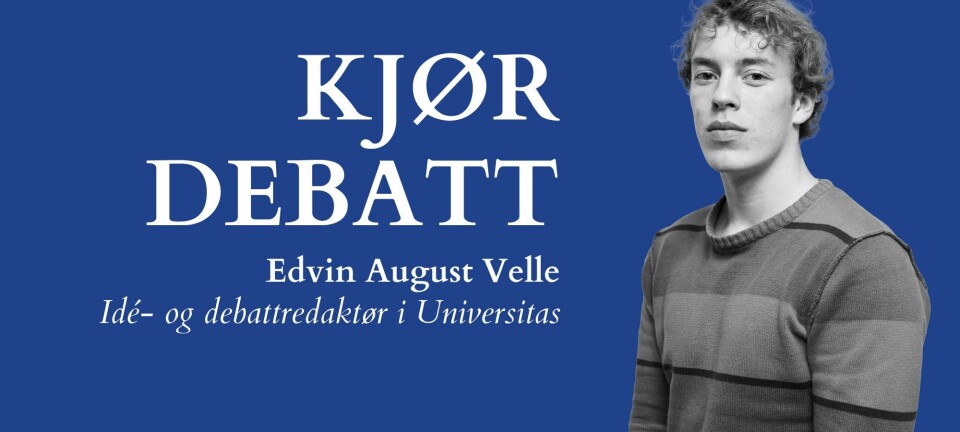
One in three take a higher education
While only 18 per cent first-generation immigrants take a higher education, the percentage of immigrant descendents in higher education is 33 per cent – two more than the average in the country.


– These numbers came as a very nice surprise. We have been working to get more people of Vietnamese origin into higher education and so I’m very happy to see that more immigrants have decided to do so, says Olav Tuan Quoc Nquyen, President of the Vietnamese Student Association in Oslo.
A resent report from Statistic Norway (SSB) shows that among immigrant descendants, 33 per cent are currently taking higher education. In Norway as a whole, the number of people taking a higher education after upper secondary school is at 31 per cent. The corresponding number for first-generation immigrants is 18 per cent. These numbers have been stable since 2003.
Kristin Henriksen, one of the people behind the SSB-report, also finds it interesting that the number of immigrant descendants taking a higher education is the same as for the population as a whole. But she emphasises that there are great differences among the various ethnic groups. The report shows that persons of Indian and Vietnamese origin make up the minority groups with the highest level of education, with 53 per cent and 47 per cent, respectively. In contrast, only 15 per cent of descendents of Turkish origin and 17 per cent of Moroccan origin are taking a higher education.
Freedom and encouragement
Nguyen is a second-generation immigrant himself, and a student at the University of Oslo. He points to a greater number of options as the reason why more immigrant descendants are studying at this level.
– The first immigrants who came to Norway often had to help out at home and could not take a higher education. The descendants do not have the same pressure and have more choices when it comes to taking an education, he says.
Project manager at Minorities in Focus in Academia (MiFA), Nirmala Eidsgård, agrees that the parents play an important role in their children’s decision making.
– The Pakistani environment is an especially good example as they often encourage their children to take a higher education.
Research project
Research officer Silje Noach Fekjær have been examining ethnic minorities in the educational system, and she believes that the parents’ own level of education is decisive when it comes to whether or not the children take – and complete – a higher education.
– If the parents have a low level of education, chances are that the children will follow their lead, she explains.
Fekjær points out that minorities usually struggle more with completing the upper secondary level. Those who do complete, usually go on to take a higher education in the same way as the majority population. Fekjær has been examining the population born between 1965 and 1984 and the material shows that the differences are evening out rapidly.
The minorities choose subjects in science
In an article published in Samfunnsspeilet in 2006, Kristin Henriksen from SSB writes that immigrants tend to choose professional and scientific subjects to a greater extent than the majority population. That few immigrant descendents choose educations in pedagogy, is something she finds worrying. Eidsgård explains that young people with minority backgrounds tend to choose further educations that lead to high status jobs and a high income.
– It may be that they seek out recognition from the majority population through the education they choose.
However, there are several reasons to why immigrant descendents go for subjects in science and according to Eidsgård, the language barrier may be one of them.
– The language challenge is substantially less when it comes to subjects in science, and also, the job market is easier.

































